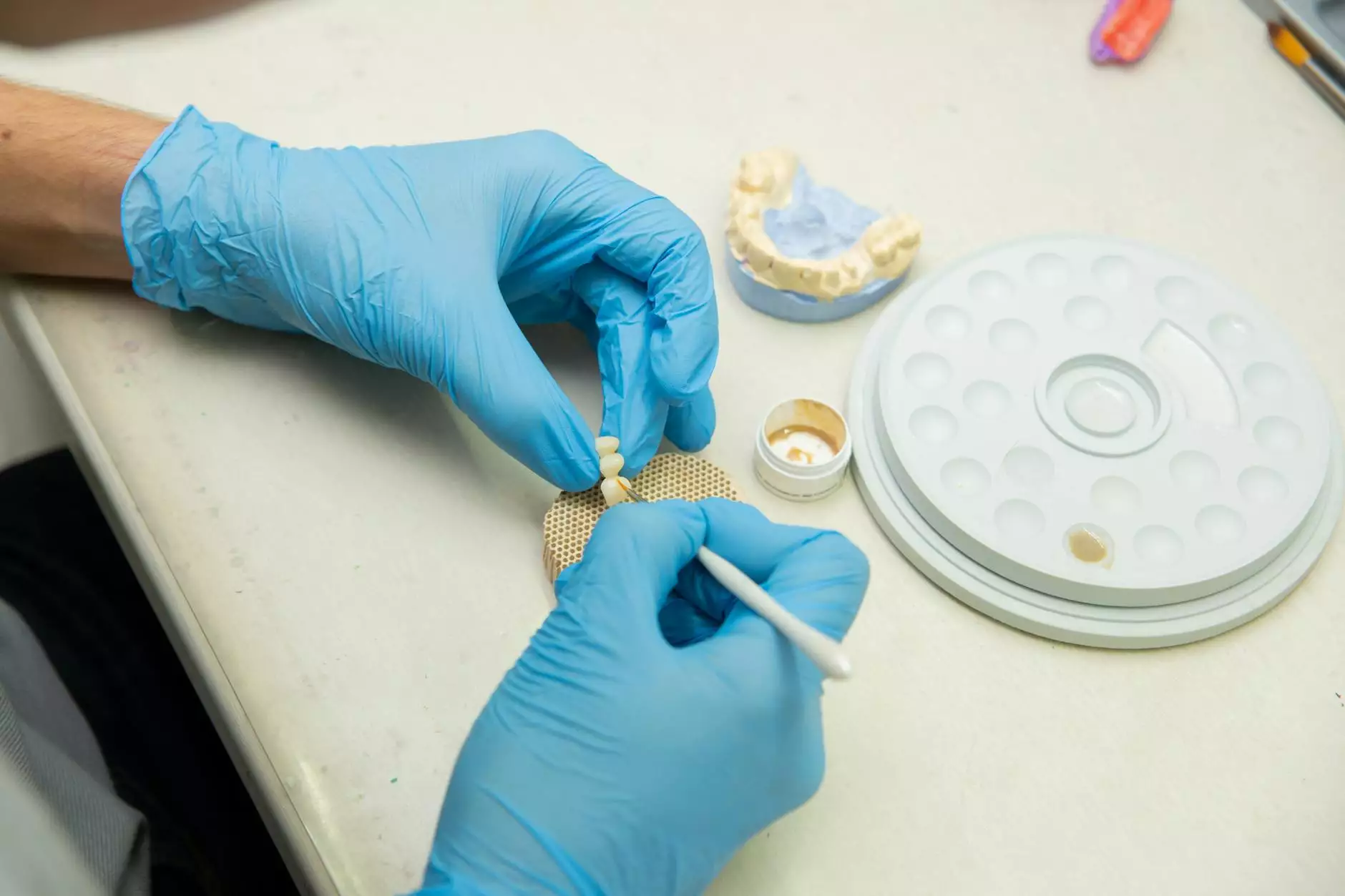Understanding Dental Implant Placement Surgery

The journey to achieving a perfect smile often leads many to consider dental implant placement surgery. This procedure not only restores a natural appearance but also provides functional benefits that mimic natural teeth. In this comprehensive guide, we will explore every aspect of dental implants, from the basic understanding of what they are to the detailed surgical procedure involved in their placement.
What Are Dental Implants?
Dental implants are artificial tooth roots, typically made from titanium, that are surgically inserted into the jawbone. These implants serve as a sturdy foundation for replacement teeth or bridges that are designed to blend in with your natural teeth. Unlike other tooth replacement options, implants integrate with the jawbone, providing enhanced stability and longevity.
Types of Dental Implants
- Endosteal Implants: The most common type, endosteal implants are placed directly into the jawbone and can hold one or more prosthetic teeth.
- Subperiosteal Implants: This type is placed under the gum but above the jawbone. It's often used for patients who do not have enough healthy jawbone for traditional implants.
The Process of Dental Implant Placement Surgery
The process of dental implant placement surgery can be broken down into several phases. Understanding these steps can help alleviate any concerns you might have about the procedure.
Initial Consultation
Before the surgery can take place, patients must undergo a comprehensive evaluation. During this initial consultation, the dentist will take the following actions:
- Conduct a thorough dental examination.
- Take X-rays to assess bone density.
- Discuss the patient’s medical history and any potential risk factors.
Surgical Procedure
The actual dental implant placement surgery consists of multiple steps:
1. Anesthesia
The procedure begins with the administration of anesthesia to ensure the patient remains comfortable and pain-free. Options include local anesthesia, sedation, or general anesthesia, depending on the complexity of the case.
2. Preparing the Jawbone
In many cases, the surgeon will need to prepare the jawbone by making small incisions in the gum tissue. If there isn’t sufficient bone to support the implant, a bone graft may be performed prior to the implant placement.
3. Placing the Implant
After preparing the jawbone, the implant itself is inserted into the bone. The process may involve:
- Drilling a small hole into the jawbone.
- Inserting the titanium post securely into the hole.
- Closing the gum tissue over the implant to initiate the healing process.
4. Osseointegration
Following the placement of the implant, a healing period of several months is typically required for osseointegration to occur. During this period, the implant fuses with the surrounding bone, providing stable support for the artificial tooth.
Placement of the Abutment and Crown
Once osseointegration is complete, a minor surgical procedure is conducted to place an abutment, which connects the implant to the crown. After healing from this step, the final crown—custom made to match the other teeth—can be attached.
Benefits of Dental Implants
Dental implants offer numerous benefits, making them a favored choice for tooth replacement. Consider the following advantages:
- Improved Appearance: Implants look and feel like natural teeth, enhancing your smile.
- Enhanced Comfort: Unlike dentures, implants become a part of you, eliminating discomfort.
- Durability: With proper care, dental implants can last a lifetime, making them a cost-effective solution.
- Better Oral Health: Implants do not sacrifice the health of adjacent teeth, promoting overall dental health.
- Improved Function: They provide effective chewing power, allowing you to enjoy your favorite foods without worry.
Recovery After Dental Implant Surgery
Post-surgery recovery is a crucial phase that can influence the overall success of the dental implants. Here’s what to expect:
Immediate Aftercare
After the surgery, patients should:
- Rest for the remainder of the day.
- Apply ice packs to minimize swelling.
- Follow the dentist’s instructions regarding medication for pain and swelling.
Long-Term Care
Healing is an ongoing process, and it usually takes a few months for the bones to heal firmly around the implants. During this time, maintaining proper oral hygiene is essential to avoid complications.
Key Recovery Tips:
- Follow a soft food diet during the initial days.
- Maintain oral hygiene by gentle brushing and rinsing.
- Attend all follow-up appointments for monitoring and adjustments.
Potential Risks and Complications
Like any surgical procedure, dental implant placement surgery carries certain risks. Being informed is crucial:
- Infection: Post-operative infections can lead to implant failure.
- Nerve Damage: Improper placement may cause nerve damage, leading to pain or numbness.
- Sinus Problems: Upper jaw implants can protrude into sinus cavities.
Conclusion
In summary, dental implant placement surgery is a highly effective solution for restoring smiles and enhancing quality of life. By understanding the process, benefits, and necessary aftercare, patients can feel confident and informed about their choice. At Kensington Dental Studio, our dedicated team is committed to providing top-notch care and guidance throughout your dental implant journey. Schedule your consultation today and take the first step towards reclaiming your smile.









